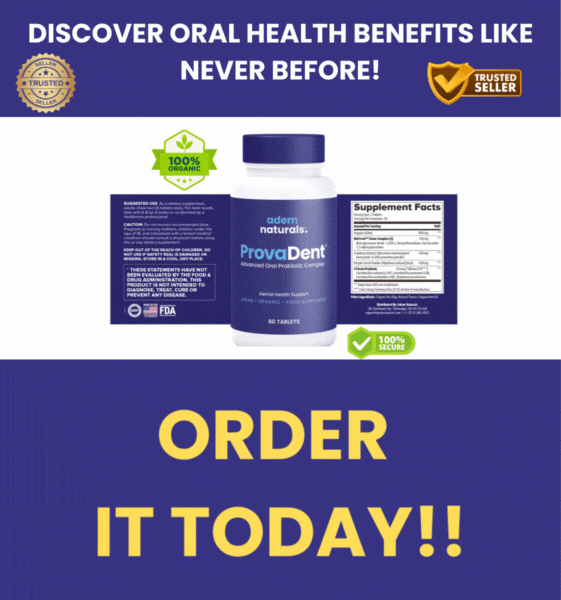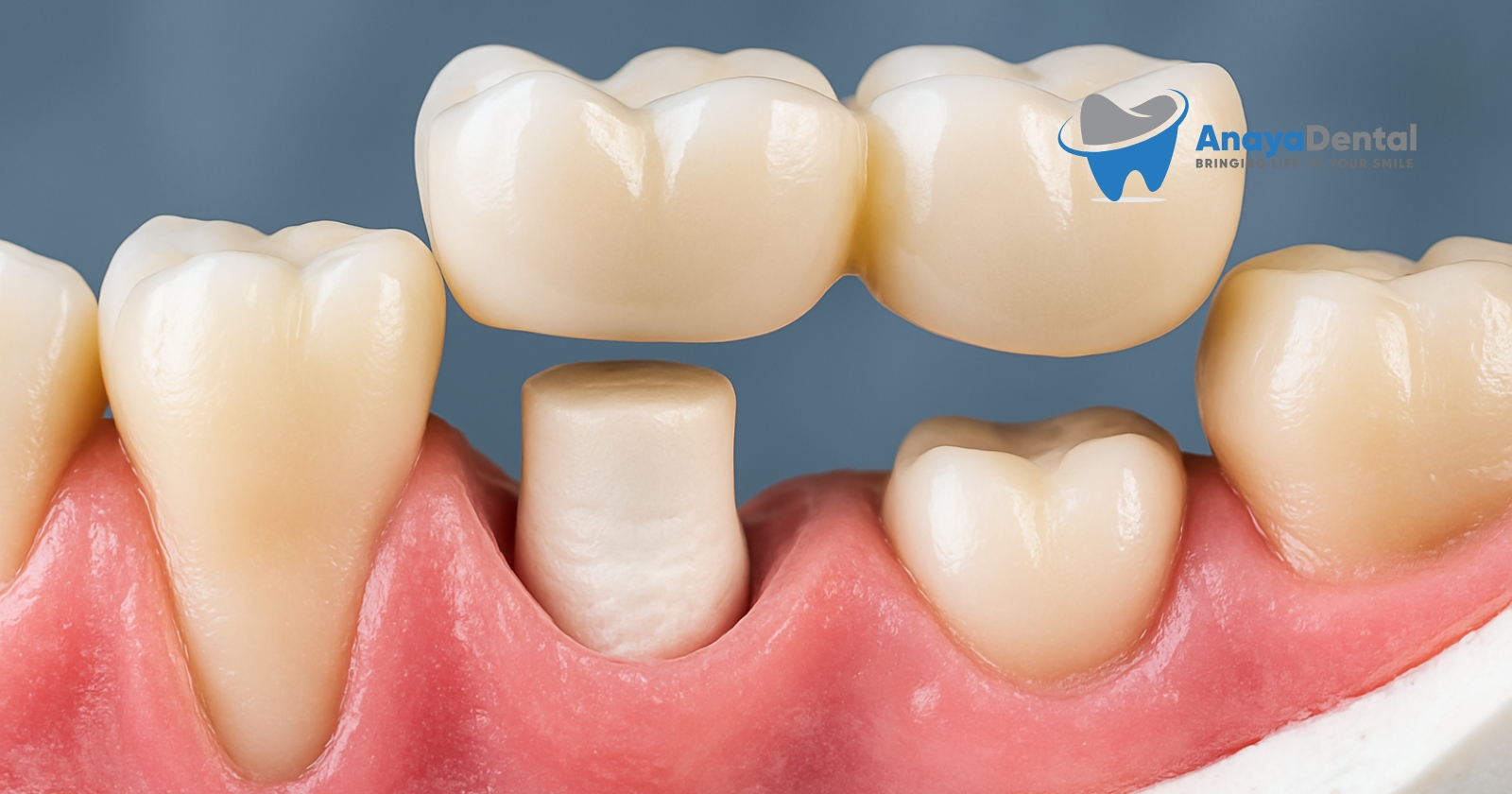If you’ve ever needed significant dental work, you’ve probably encountered the mysterious world of dental codes. Today, we’re demystifying one of the most common restorative procedures: porcelain and ceramic crowns as classified under the D2740 dental code.
What Exactly is the D2740 Dental Code?
The D2740 dental code represents a critical classification in modern restorative dentistry, specifically governing the application of porcelain and ceramic crowns. This code serves as a cornerstone of dental billing and treatment documentation, facilitating standardized communication across clinical, administrative, and insurance domains.
These crowns are primarily used for:
Try Our Dental Calculators
- Restoring damaged anterior teeth
- Addressing functional impairments like fractures or decay
- Enhancing aesthetic outcomes where appearance matters
What sets D2740 apart is its focus on metal-free restorations or porcelain-fused-to-zirconia (PFZ) options, reflecting the exciting advancements in dental material science over recent years.
The Cost Factor: What to Expect
Let’s talk dollars and cents—procedural costs for D2740 crowns show significant geographic variability:
- Typical range: $1,000 to $1,800 per crown
- Cost factors include material selection and laboratory fees
- Insurance typically covers these more readily for anterior placements
- Most plans limit replacements to five-year cycles
- Posterior applications often face coverage restrictions (even though the materials work beautifully there too!)
Material Science: Not All Crowns Are Created Equal
While often used interchangeably, porcelain and ceramic crowns under the D2740 code actually have distinct properties:
Porcelain Crowns
- Traditionally fabricated using feldspathic porcelain
- Often incorporate a metallic substrate for strength
- The porcelain veneer is baked onto the metal framework at high temperatures
- Durable but somewhat opaque—ideal for posterior teeth
- May risk gingival graying and allergic reactions in some patients
All-Ceramic Crowns
- Modern versions eliminate metal completely
- Utilize advanced materials like zirconia (ZrO₂) or lithium disilicate (Li₂Si₂O₅)
- Zirconia crowns offer exceptional strength (flexural strengths exceeding 1,200 MPa)
- eMax crowns (lithium disilicate) achieve superior translucency (43-45% light transmission)
Material Comparison
| Material | Strength (MPa) | Translucency (%) | Best Used For |
|---|---|---|---|
| Porcelain-Fused-Metal | 400-600 | 25-30 | Back teeth |
| Zirconia | 900-1,400 | 20-25 | Any teeth |
| eMax | 350-400 | 40-45 | Front teeth |
The Procedure: What to Expect
The journey to getting your D2740 crown typically involves:
- Initial assessment combining radiographs and clinical examination
- Evaluation of remaining tooth structure (you need at least 1.5-2mm of healthy tooth structure)
- Checking for adequate clearance (2mm for monolithic zirconia; 1.5mm for layered systems)
- Tooth preparation and temporization
- Final fitting and cementation
Insurance Considerations: Documentation is Key
As one dental coding expert notes: “Submitting periapical radiographs without a detailed narrative explaining non-visible decay remains the leading cause of D2740 claim denials.“
For successful claims, your dentist should provide:
- Pre-operative radiographs showing decay or fractures
- Post-preparation images
- Narrative justifying ceramic/porcelain material choice
- Endodontic reports (if applicable)
The Future of Dental Restorations
The D2740 code continues to evolve alongside material science breakthroughs. Emerging trends to watch include:
- Digital dentistry advancements including CAD/CAM fabrication
- Intraoral scanning reshaping crown production workflows
- Ultra-translucent zirconia (5Y-TZP) offering improved aesthetics
- Polymer-infiltrated ceramic networks (PICN) providing new restoration options
- Same-day milling technologies (like CEREC) reducing treatment timeframes
Making the Right Choice
If you’re considering a crown, here are key points to discuss with your dentist:
- Material selection based on tooth location and aesthetic needs
- Long-term maintenance requirements (night guards for those who grind!)
- Insurance coverage specifics for your particular plan
- Alternative options if appropriate
The world of dental crowns continues to advance, offering better aesthetics and longer-lasting solutions than ever before. Understanding the D2740 code helps you navigate both the clinical and financial aspects of this common dental procedure.


